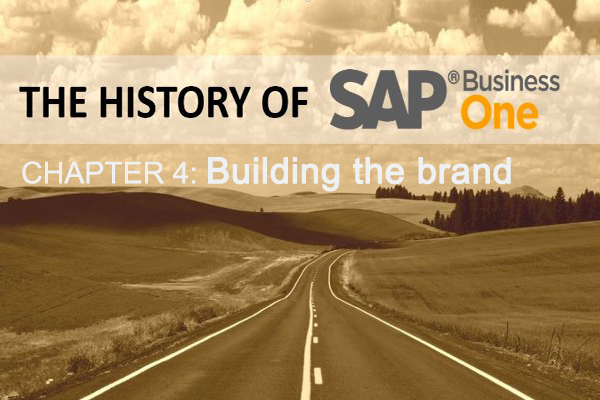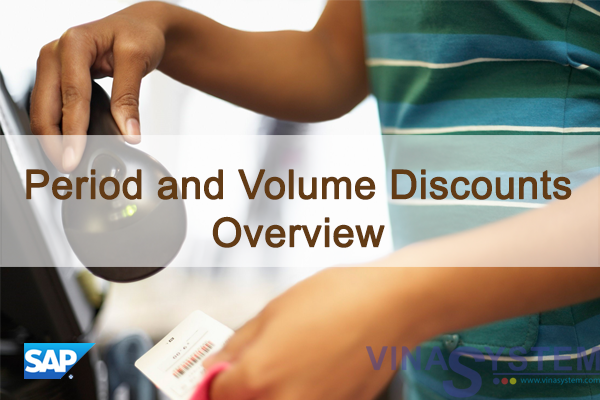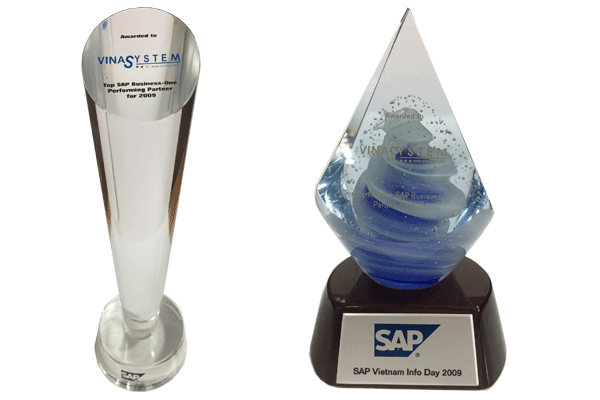
SAP Business One: Building the brand
Source: Ilan Tal - The History of SAP Business One
Review chapter 1: The history of SAP Business One: From Idea to Product
chapter 2: The history of SAP Business One: Building the startup
chapter 3: The history of SAP Business One: The Spin Off
The period from the late 90s was full of opportunities and challenges, and we covered increasingly more languages and countries. Advanced technology was introduced in the product and efforts were made to transfer it to the next generation with the MSSQL modern database, adding many functionalities and giving us the opportunity to penetrate a market we could not touch in the past.
The company personnel increased by fourfold, we moved to a new modern facility, increased the cooperation with Microsoft and third party providers to reach more market segments and our position as a leader in the market became stronger. In the chapter below, you can read some of the milestones leading to the SAP acquisition in 2002.
The main task was, to bring the awareness of the product to the target audience while building the brand and position it as an advanced, easy to use and integrated management solution for small and mid-size companies.
First success stories
Testimonials, success stories and quotes are among the most important tools used by sales people to convince a prospect during the sales cycle that he is not “alone in the game.” Customer success stories help buyers recognize their need for the services, especially if the industry, business processes and business dilemma described is similar to theirs.
One of the challenges we faced at the time was finding those happy customers within our installed base, convincing them to cooperate with us and deliver positive messages. An additional challenge was that most of our customers were small and unknown in the market.
One day I had a meeting with one of the biggest electrical appliances companies in Israel. They had a small room where they used to store giveaways and small gifts for their visitors. I convinced them that our product is the best fit for them, after getting their permission, we used their name on every brochure as “Among our customers…” to show that we can handle also the “Big guys” without mention of course the very small level of functionality needed by them.
One of the references methods we used was to find a market segment where we had many customers and use their names to demonstrate that we can handle industry requirements. For example, we discovered that we have many customers in electronic components and dental implants and soon used those examples to gain interest in other market segments.
Integration to Microsoft Office
In the mid 90s Microsoft had three main lines of business targeted at small business – Windows 95, standalone versions of Microsoft Word in a market dominated by WordPerfect word processors, Microsoft Excel in a market dominated by Lotus 1-2-3 for spreadsheet. and small business server in a market dominated by Novell.

The “MenahelOffice” was not only a bundle of products, but a truly integrated software package that included Word mail merger and print documents, as well as the ability to export of reports to Excel. All of this was embedded in the product in a way that a click on Word icon exported the content of a document to Word with advanced layout and a click on Excel icon exported report data automatically to Excel.

Today the below image looks trivial, but in those days, it was a breakthrough of an integrated Office package with accounting and management applications.
Y2K opportunity
The Y2K problems arose because programmers had historically represented the four-digit years in legacy systems with only the final two digits. The assumption that a twentieth-century date was always clear caused various errors, such as the incorrect display of dates, and the inaccurate ordering of automated dated records or real-time events. Fears arose that nuclear systems would shut down and many other catastrophes all linked to the number of digits represented.
This turned into a huge opportunity for TopManage because our Windows based system accounted for the four digit year field. Gadi Shamia headed the Y2K forum with Microsoft, Oracle, Compaq and others to raise awareness of the issue and its predicted consequences.
The unclear results that might come because of the Y2K bug inspired many companies to purchase our product in Q4 of 1999 and in fact, this was the best month ever-in net new names and during 1999. We sold three times more that year compared to 1998. As it turned out, Y2K was a non-event aside from fueling tech investments.
Moving to new technology
One of the biggest challenges in the early years was the weak “Codebase-5” database we used. It was a relatively small database and prevented us from positioning the product to bigger companies. Codebase 5 was not a modern DB based system as sometimes the data was saved on a remote disk, introducing file discrepancies and no rollbacks in case of failure.
In addition, queries were managed on the client side, meaning there was a need to transfer almost the entire data set to the client before running the query, although sometimes the end-user needed only a very simple report or query to be made. This was very inefficient, and caused heavy performance issues.
These restrictions meant that we could not support companies with many users and substantial transactions volume and led to a decision that we needed to replace the Codebase 5 system with a real modern DB system using a server that could process the transactions as we needed them.

After more than a year of hard work, we changed the database to the modern MSSQL 7.0 Database allowing an unlimited volume of work activities and transactions. In scope of the "move" to the SQL based system, all the marketing documents and journal entries and inventory module had to be re-written.

This change could allow us to maintain data integrity and allow additional improvements to the application, including:
- Opportunity Management for managing and analyzing sales opportunities with customers;
- Multi-currency system control, suitable for companies operating and reporting currency;
- A multi-year system, allowing the determination of the beginning of the year, each date and receipt of annual reports and comparison of annual reports;
- Development tools – User Defined Fields, Ability to Change Titles, Formatted Search, Valid Values from Fields. These evolved to the Software development kit (SDK) later on;
- Drag & Relate – System based on the technology of the sister company TopTier, enabling intuitive navigation of information.
Now we had two product lines and positioned them accordingly:
Menahel Classic – The old product aimed at the market of very small companies with a price tag of 2,380 USD for a full system including three users.
Menahel Top – The new generation for midsize companies with a price tag of 3,300 USD for full system including MSSQL and three users.
The efforts of building the brand paid out and our brand became well known and reliable.
The next chapter will focus on the period before and during the acquisition by SAP covering many interesting stories.
Source: Ilan Tal - Business Development & Sales Consulting - SAP Deutschland AG & Co. KG - Tel Aviv University - Mannheim Area, Germany - The History of SAP Business One
See more:
The History of SAP Business One
SAP Business One Trial in Vietnam
SAP Business One Documentation
Document of SAP Business One (User Guide)






